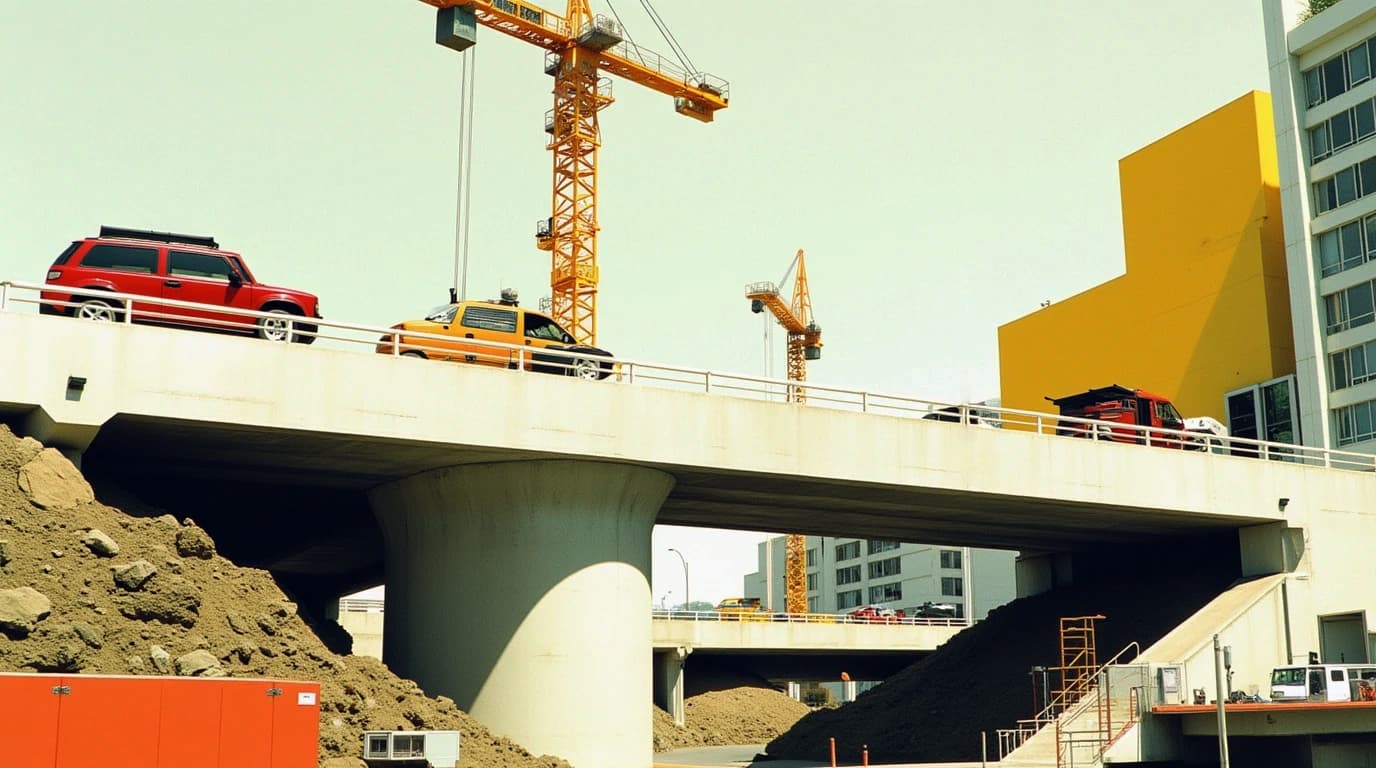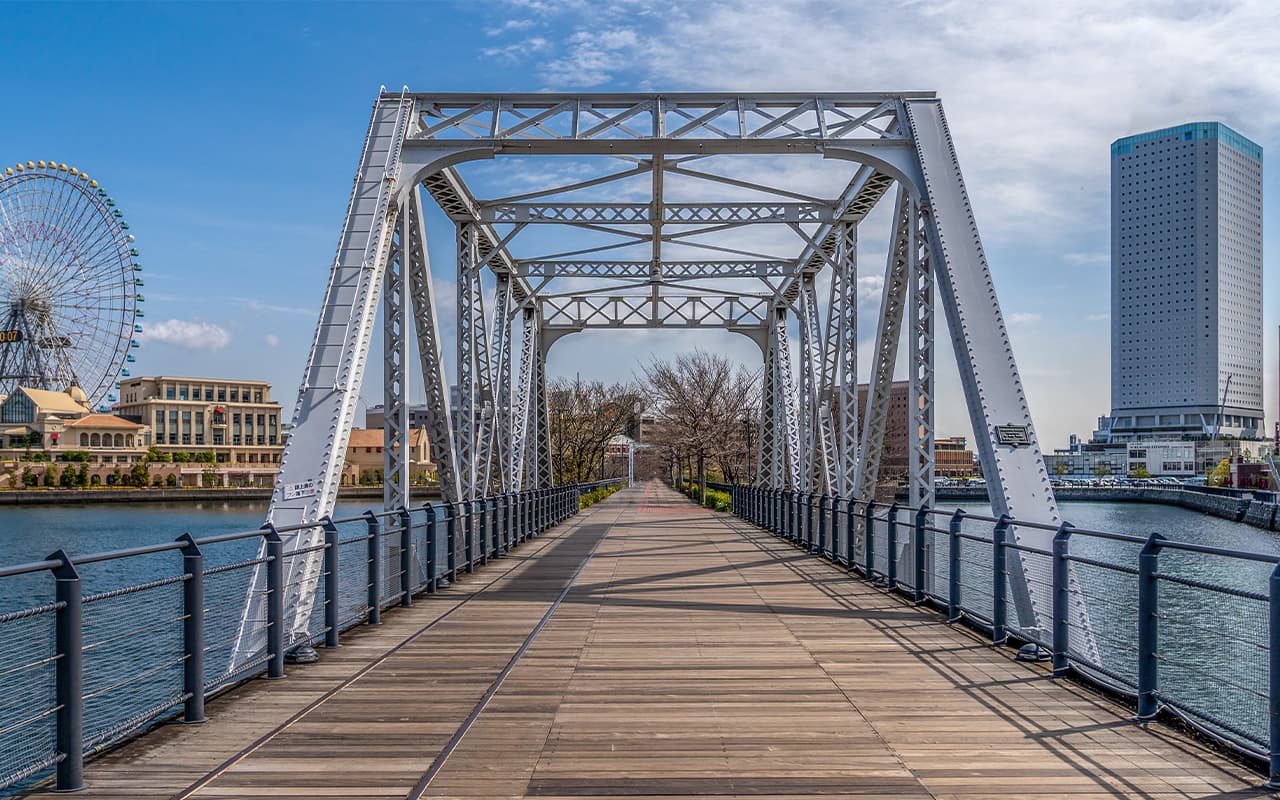In the world of engineering, few materials have had as significant an impact as steel, especially in the context of bridge construction and reconstruction. When bridges deteriorate over time or face damage, steel plays a crucial role in bringing these structures back to life. With the evolution of steel technology, reconstruction projects can achieve greater durability and aesthetics, all while respecting the bridge’s original design. This article explores how different types of steel are selected for these projects, highlighting both traditional and innovative alloys.
2. Historical Significance of Steel in Bridge Construction
Steel transformed bridge building in the 19th century, offering strength and flexibility beyond what iron could provide. The use of steel allowed for longer spans and more ambitious designs, shaping iconic bridges like the Eads Bridge in St. Louis and the Forth Bridge in Scotland. These structures demonstrated steel’s potential and paved the way for modern engineering feats, setting the foundation for bridge reconstruction projects today.
3. Types of Steel Used in Bridge Reconstruction
- Carbon Steel: Known for its high strength, carbon steel is one of the most common choices in bridge reconstruction. It offers a balance of cost-efficiency and durability, making it suitable for load-bearing components.
- Stainless Steel: This steel alloy is preferred for its corrosion resistance, especially in environments exposed to saltwater or high humidity. Its aesthetic appeal also makes it ideal for visible components where maintaining a sleek look is important.
- Weathering Steel: Often recognized by its rusty patina, weathering steel forms a protective layer that minimizes maintenance. Used in projects like the Corten Bridge in the Netherlands, it’s an excellent choice for bridges requiring minimal upkeep.
- Alloy Steels: Enhanced with elements like chromium and nickel, alloy steels are often used for their superior strength and flexibility. They are particularly beneficial for components that need to withstand high stress or extreme temperatures.
4. Damascus Steel: A Unique Alloy with a Storied Past
While Damascus steel is best known for its use in high-quality Damascus knives, it’s also admired for its distinctive wavy patterns and remarkable strength. Although it’s not typically used in large-scale structures like bridges, the alloy’s history and unique properties make it an interesting topic in engineering circles. Studying Damascus steel’s attributes, such as its combination of strength and flexibility, has provided valuable insights for scientists. Research on its carbon content, other alloying elements, and the importance of heat treatment has influenced the development of modern steels that match or even exceed the original qualities of Damascus steel. Today, these advanced steels are carefully selected for infrastructure projects, ensuring both durability and enhanced performance.
5. The Process of Selecting Steel for Bridge Reconstruction
Choosing the right steel for a reconstruction project is a complex process. Engineers must consider environmental factors such as humidity, temperature, and exposure to saltwater, which can all influence corrosion rates. Aesthetic requirements, load-bearing capacity, and historical accuracy also guide the selection. Modern advances, like computer modeling, enable engineers to simulate various steels’ performance, allowing for informed choices that balance preservation with performance.
6. Case Studies: Iconic Bridge Reconstructions and Their Steel Choices
- The Brooklyn Bridge: When restoring this historic bridge, engineers chose stainless steel for its exposed areas to enhance corrosion resistance and maintain the iconic appearance.
- The Golden Gate Bridge: Using weathering steel in certain elements, engineers have been able to reduce maintenance costs while preserving the bridge’s signature look.
- The Sydney Harbour Bridge: Featuring a blend of high-strength alloy steels, this bridge’s restoration required a steel mix capable of supporting heavy traffic loads while withstanding the corrosive effects of the nearby ocean.
7. Challenges in Using Steel for Bridge Reconstruction
While steel offers many benefits, it also poses challenges, particularly when balancing the desire to replicate original materials with modern safety standards. Older bridges often used steels no longer in production, meaning engineers must find suitable alternatives that mimic historical appearance while meeting today’s codes. Additionally, the weight of steel components can complicate transportation and assembly in remote or fragile environments.
8. Innovations in Steel for Future Bridge Reconstructions
The steel industry continues to innovate, with new alloys that promise even greater strength, corrosion resistance, and sustainability. Recycled and green steel options are increasingly popular, offering the same durability while reducing the carbon footprint of reconstruction projects. As these materials become more accessible, they are likely to play a larger role in preserving iconic bridges while also aligning with environmental goals.
9. Conclusion
Steel remains indispensable in the field of bridge reconstruction. Whether through the use of timeless alloys like stainless steel or the integration of modern recycled steels, this material ensures that iconic bridges can be preserved for future generations. As we look ahead, continued advancements in steel technology promise not only stronger and more durable bridges but also a more sustainable approach to preserving our architectural heritage.




